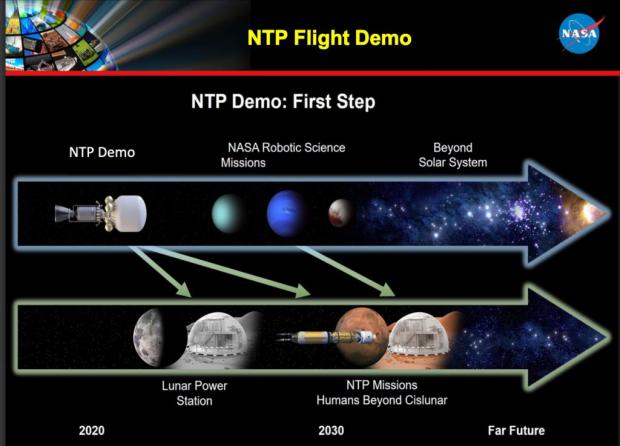
Breaking News
 Iran Regime Kills Protesters as Unrest and Calls for Regime Change Spread Nationwide
Iran Regime Kills Protesters as Unrest and Calls for Regime Change Spread Nationwide
 Trump, Treason, and the New York Times
Trump, Treason, and the New York Times
 Democrat idiocy at work in San Francisco
Democrat idiocy at work in San Francisco
 BREAKING THROUGH Tesla AI in 2026
BREAKING THROUGH Tesla AI in 2026
Top Tech News
 Laser weapons go mobile on US Army small vehicles
Laser weapons go mobile on US Army small vehicles
 EngineAI T800: Born to Disrupt! #EngineAI #robotics #newtechnology #newproduct
EngineAI T800: Born to Disrupt! #EngineAI #robotics #newtechnology #newproduct
 This Silicon Anode Breakthrough Could Mark A Turning Point For EV Batteries [Update]
This Silicon Anode Breakthrough Could Mark A Turning Point For EV Batteries [Update]
 Travel gadget promises to dry and iron your clothes – totally hands-free
Travel gadget promises to dry and iron your clothes – totally hands-free
 Perfect Aircrete, Kitchen Ingredients.
Perfect Aircrete, Kitchen Ingredients.
 Futuristic pixel-raising display lets you feel what's onscreen
Futuristic pixel-raising display lets you feel what's onscreen
 Cutting-Edge Facility Generates Pure Water and Hydrogen Fuel from Seawater for Mere Pennies
Cutting-Edge Facility Generates Pure Water and Hydrogen Fuel from Seawater for Mere Pennies
 This tiny dev board is packed with features for ambitious makers
This tiny dev board is packed with features for ambitious makers
 Scientists Discover Gel to Regrow Tooth Enamel
Scientists Discover Gel to Regrow Tooth Enamel
 Vitamin C and Dandelion Root Killing Cancer Cells -- as Former CDC Director Calls for COVID-19...
Vitamin C and Dandelion Root Killing Cancer Cells -- as Former CDC Director Calls for COVID-19...
NASA Plans for Particle Bed Nuclear Thermal Flight Demo By 2025

BWX Technologies, Inc. (BWXT) is working with NASA in support of the agency's Nuclear Thermal Propulsion (NTP) Project. BWXT is responsible for initiating conceptual designs of an NTP reactor in hopes of powering a future manned mission to Mars.
The NTP project seeks to dramatically decrease travel time to and from Mars, while increasing payload size due to a lighter-sized aircraft. Compared to its chemical counterpart, a nuclear thermal rocket possesses twice the propulsion efficiency due to its high-thrust engine and ability to accelerate propellant at high speeds. Given NTP's advantages over traditional chemical propulsion systems, NASA estimates the technology will reduce transit to the Red Planet from six months to four.
NASA is testing fuel pellets and other components of the system.
China is starting to operate a pebble bed nuclear for commercial power generation at 210 megawatts of electrical power.
NASA is trying to get to nuclear thermal flight demo within 5 years. If all went well they would get a nuclear thermal mission by 2033.



